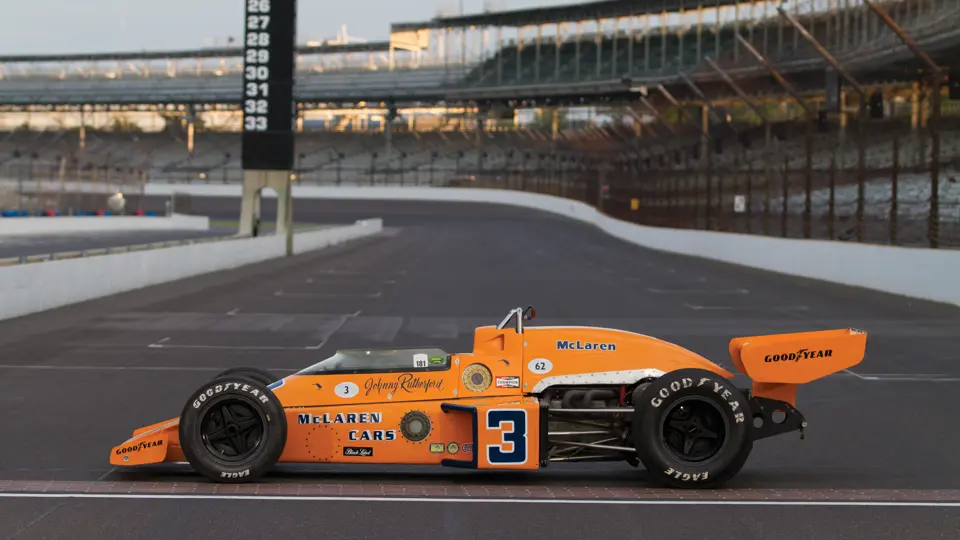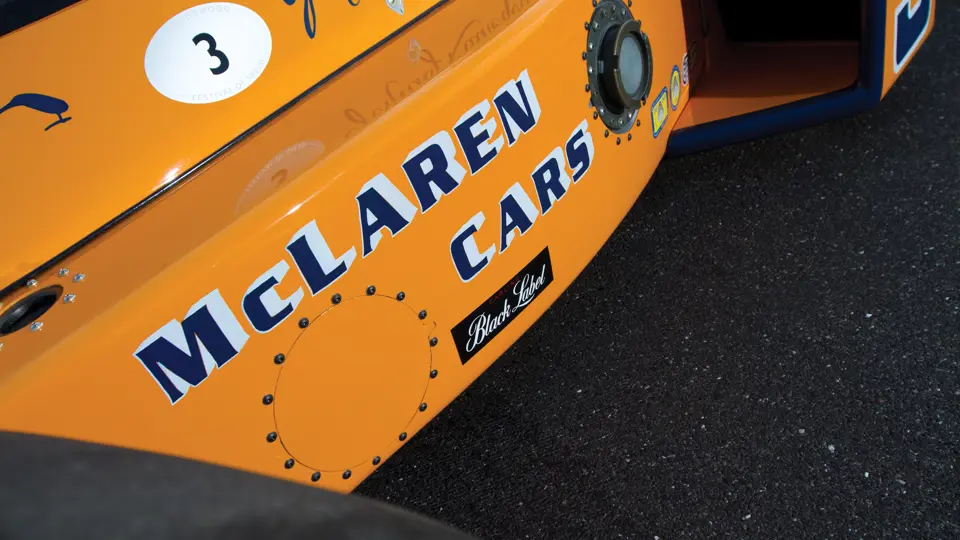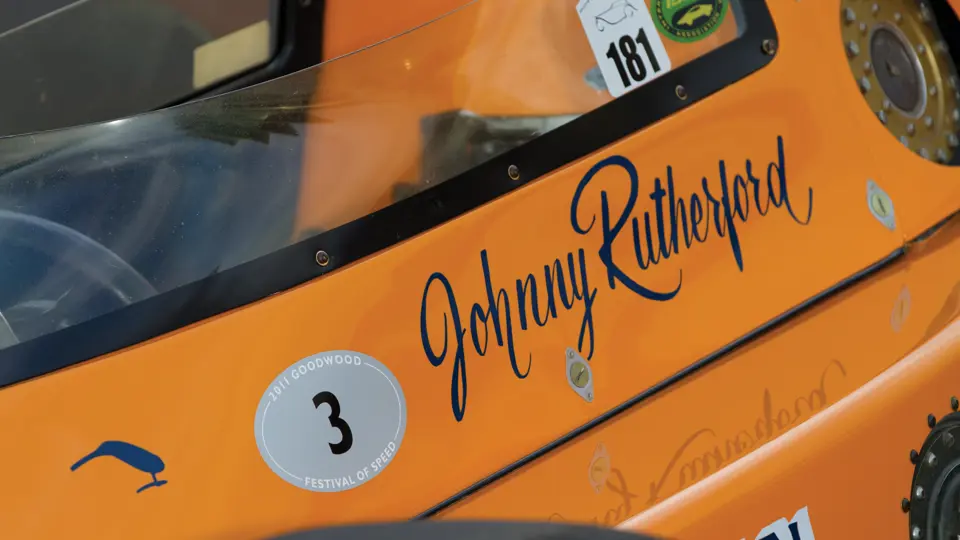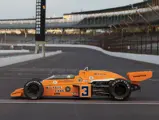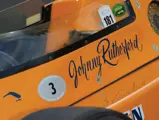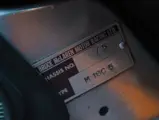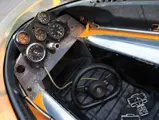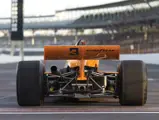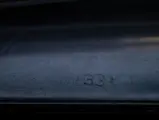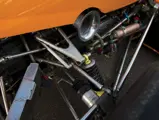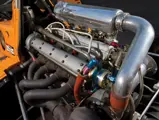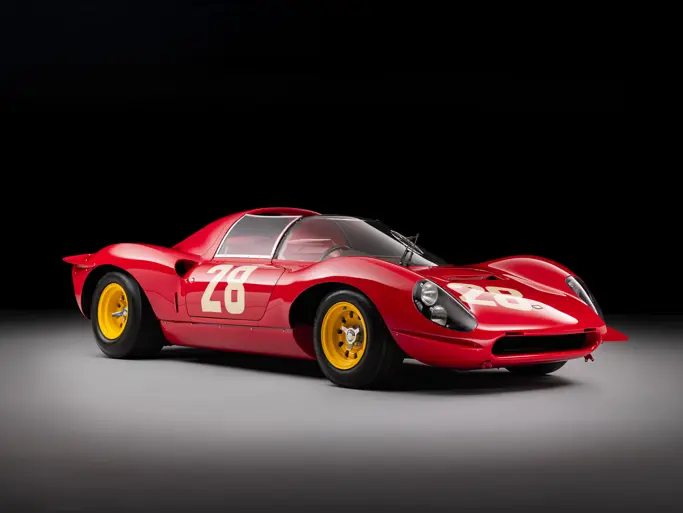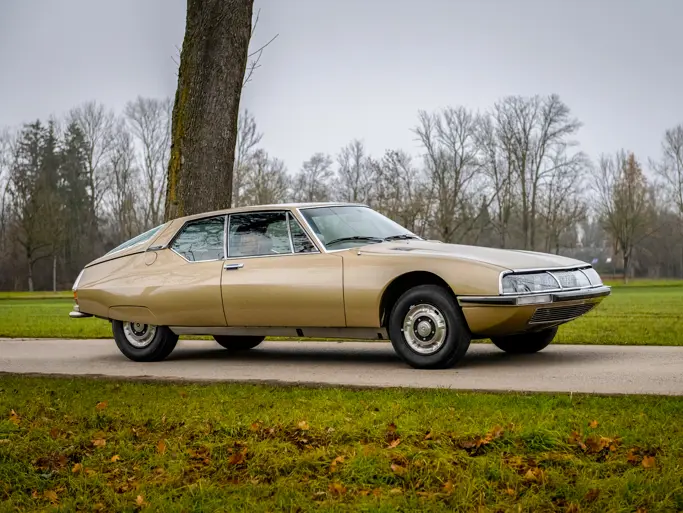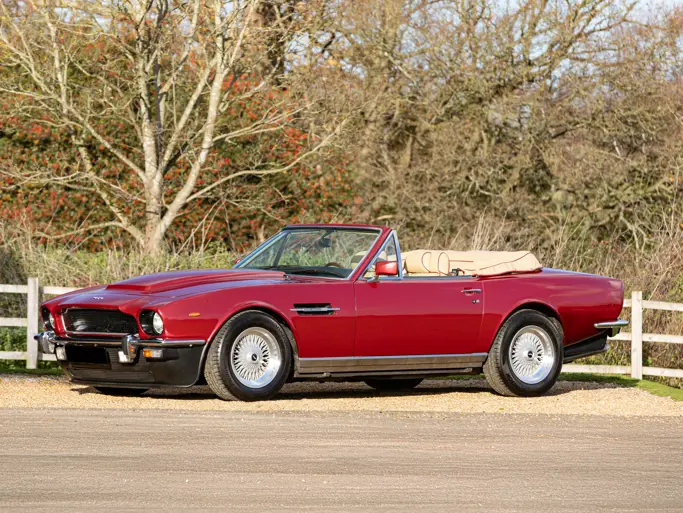
1974 McLaren M16C Indianapolis
{{lr.item.text}}
$3,520,000 USD | Sold
{{bidding.lot.reserveStatusFormatted}}
- Winner of the 1974 Indianapolis 500
- Driven by Johnny Rutherford, started in 25th position
- The first of his three Indy 500 wins
- The second of three Indy 500 wins for McLaren cars in the 1970s
- Concours-winning restoration to original specification in 1991
- Complete record of ownership and racing history
- Driven by Rutherford at the 2009 and 2011 Goodwood Festivals of Speed
Please note that the client has advised us that the printed catalog copy as written by RM contains an error. While it states that this car is "one of only two 500 winners not in the Indianapolis 500 Hall of Fame," it should have read that this car is "one of only a handful of pre-IRL Indianapolis 500 winners remaining in private hands."
800 hp, 159 cu. in. Offenhauser DOHC turbo-charged four-cylinder engine with Hillborn fuel injection, Hewland LG500 transmission, lower front wishbone suspension with top rockers and coil springs, reversed rear lower wishbones with single top links, twin radius arms and coil springs over dampers, and four-wheel disc brakes. Wheelbase: 104 in.
If this orange McLaren M16C looks familiar to you, perhaps you saw Johnny Rutherford win the Indianapolis 500 on May 26, 1974. You’d certainly remember him if you saw him: starting in 25th position, he shot up to 12th in only three laps. A battle ensued between Rutherford and A.J. Foyt for about 50 laps, until Foyt blew an oil line. Rutherford took the lead for 59 of the last 60 laps, and he never looked back. He won the race by a full 22 seconds and had lapped every car in the field, except second-place Bobby Unser.
Johnny Rutherford and the McLaren went on to win the Milwaukee 150 on June 9, 1974, and the Pocono 500 on June 30th. He finished 4th at the Michigan 200 on July 21st and 4th at the Trenton 300 Race 1 on September 22nd. He was also 6th at Trenton on April 7th, 7th at the Trenton 300 Race 2 in September, and 7th in Phoenix on November 2nd. Rutherford had quite a year, and while he was runner-up to Bobby Unser in the championship, his McLaren was on the cover of the 1974 Indianapolis 500 Yearbook.
“Lone Star J.R.’s” race record is matched by few drivers. Rutherford started racing stock cars in Texas in 1959 and then sprint cars in 1961, winning the USAC Sprint Car Championship in 1965. He qualified for a 1963 Daytona 500 support race at record speed. Rutherford’s NASCAR career included 35 starts from 1963–1988, and he won his first outing, which was for Smokey Yunick. Later, Rutherford was a regular IROC competitor for five years: 1975, 1977, 1978, 1980, and 1984.
Rutherford raced for the McLaren team for seven years, from 1973 through 1979. He won two Indy 500s for McLaren in 1974 and 1976, and a third for Chaparral in 1980. His Indy record is spectacular: Beginning in 1963, he ran twenty-eight 500s and finished the race 24 times, starting his last Memorial Day Classic in 1988. He won the pole position in 1973, 1976, and 1980, and at Michigan in 1984, he set the all-time IndyCar qualifying record at 215.189 mph. He was the first driver to win all three 500-mile races, and he is one of only six IndyCar drivers to record nine straight seasons with a victory. Rutherford won a total of 27 Indianapolis car races.
The McLaren that carried Rutherford to the Indy 500 Victory Circle was designed in 1971. Gordon Coppuck reconsidered his M15 design after observing Lotus’s success with the wedge-shaped 72. Uncertain about Formula One, Coppuck thought the low nose would be ideal for circle racing, so he moved the radiators to the sides. The aluminum monocoque carried the turbo-charged Offenhauser four-cylinder engine as a stressed member, and A-frames handled the rear suspension. The engine cover swept up to include a rear wing and balance the downforce on the nose.
Roger Penske and Mark Donohue visited McLaren in late 1970 and bought two of the new M16s. McLaren Works drivers, Peter Revson and Denny Hulme, joined Donohue at Indianapolis in 1971. Revson got the pole and Donohue took the early lead, until his gearbox failed. Al Unser won in an Eagle, but Revson finished 2nd, while Hulme broke down. Donohue would later score two wins with the M16.
The M16B was introduced for 1972, with a shorter nose and the wing further back. Penske bought two more cars to run the whole season. Bobby Unser had an even faster Eagle for Indy, but Penske turned down Donohue’s turbo boost, gambling that the other cars would break. They did, and Donohue won.
McLaren revealed the M16C in 1973, with a rounder body, better engine cowling, and a cockpit like the upcoming M23 F1 car, which was based on the same design and would win two world championships. McLaren hired Rutherford to partner Revson as a Works driver for the USAC season, and Rutherford promptly grabbed the Indy 500 pole in the car offered today, M16C-5, at 198.413 mph. However, the race was a nightmare. It was delayed by rain for two and a half days and was marred by tragedy. Three horrific crashes killed two drivers, Art Pollard and Swede Savage, and badly injured Salt Walther. Rutherford had mechanical problems and a fuel leak, but, ultimately, he finished 9th. He would win at Michigan later and record two 2nd places, a 3rd, a 4th, and two 5th places.
The Indianapolis 500 was worried about safety in 1974, so the rear wings were reduced in size and the fuel load was cut from 75 gallons to 40. In addition, the turbos were fitted with 80-pound pop-off valves in an effort to slow the cars. Rutherford in M16C-5 was partnered with David Hobbs in the McLarens Works, which was updated to M16C/D specification. Despite having the second fastest lap speed of 190.446 mph, Rutherford didn’t qualify on Pole Day.
He was forced to start 25th of 33 cars, but it seemed to matter little. By the third lap, he was running 12th. After A.J. Foyt blew an oil line, Rutherford would lead 59 of the last 60 laps, winning by 22 seconds over Bobby Unser and lapping everybody. Rutherford’s winning speed was 158 mph. He would go on to win two more IndyCar races that year.
In December 1976, Rutherford’s car, M16C-5, was sold to a private team, WalMotor, which was owned by George Walther and Salt Walther, who had been injured at the race in 1973. Salt Walther failed to qualify for the Indy 500 in 1977. Graham Mcrae tried to qualify for Indy in 1978, but he was unsuccessful. He entered the Mosport Park 300k in June 1978 but did not start.
However, on July 26, 1978, the team got some good news. Tyler Alexander, director of McLaren Racing, wrote to Jeff Walther, verifying that M16C-5, which was sold to WalMotor in December 1976, was definitely the 1974 Indianapolis 500-winning car.
The M16 had been competitive far longer than expected and wasn’t replaced until 1977. It almost had five Indy 500 wins. Peter Revson finished 2nd in 1971, and Rutherford was laying 2nd in the 1975 Indy 500 when the race was stopped by rain after 435 miles. He actually won the 1976 race in a reversal of the situation, when the race was stopped at 255 miles. Still, M16s won three Indy 500 races in six years, which is a remarkable achievement.
In 1978, M16C-5 was bought by Florida collector Rick Carroll, who had it restored to the exact specifications of the 1974 Indianapolis 500. When Carroll passed in 1991, it was sold to the present owner for a then record price for an IndyCar. Interestingly, other interested parties included McLaren principal Ron Dennis.
Since being returned to running condition, M16C-5 has made some significant appearances, with a number of them being with its most famous driver. In 2005, it was displayed in the Ritz-Carlton ballroom at Amelia Island, Florida, for a celebration of Indy 500 drivers at the Amelia Island Concours d’Elegance, and there, Rutherford signed the car. At that event, Rutherford was named Grand Marshal for the 2006 Amelia Island Concours.
In 2006, Rutherford’s Indy 500 winner won First in Class among “The Cars of Johnny Rutherford” at Amelia Island. Fittingly, perhaps, the trophy was a bronze model of M16C-5 itself. Also in 2006, M16C-5 was driven by Rick Hamlin on pace laps at the Brickyard before the Indy 500 race. M16C-5’s winning streak continued at the 2009 Meadow Brook Concours d’Elegance, where it won First in Class among “The Cars of Bruce McLaren.”
It didn’t just stand around and look pretty either. Reunited with his old crew chief, Denis Daviss, at the Goodwood Festival of Speed in both 2009 and 2011, Johnny Rutherford treated 180,000 spectators to runs at the hill climb in his old warrior. From March through June 2011, M16C-5 was on display at the Indianapolis Motor Speedway Museum, along with other Indy 500 winners, celebrating the Brickyard’s centennial.
The new owner of McLaren M16C-5—one of, it should be noted, only a handful of pre-IRL Indianapolis 500 winners remaining in private hands—can be certain to be welcome at any events for which the car is eligible, in both concours and historic racing. If he’s lucky, Johnny Rutherford, surely the most qualified driver, will be happy to accompany M16C-5, for old time’s sake.




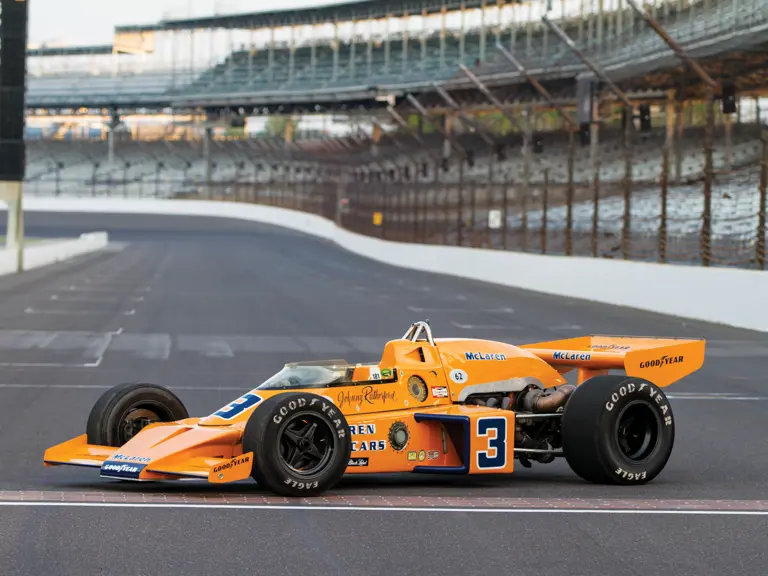
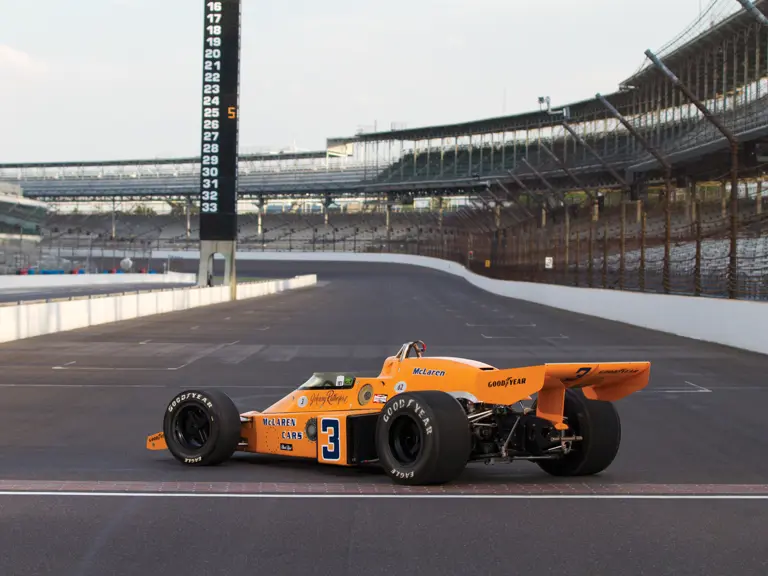

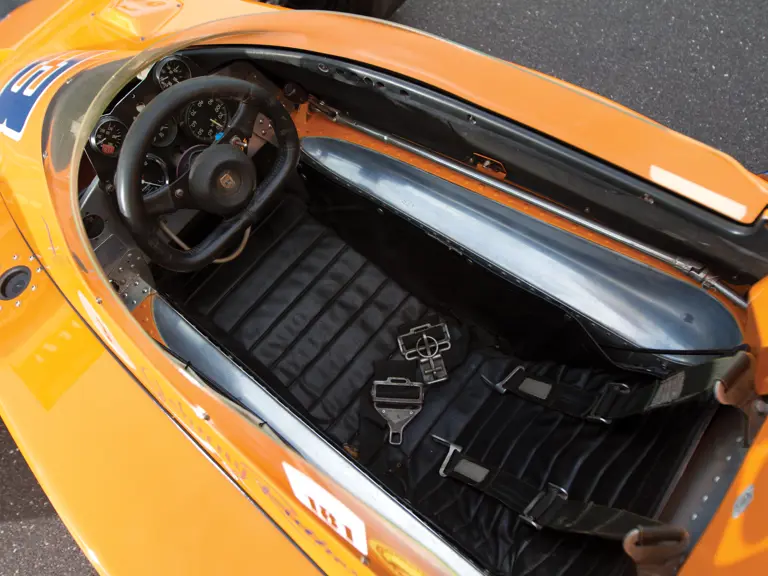
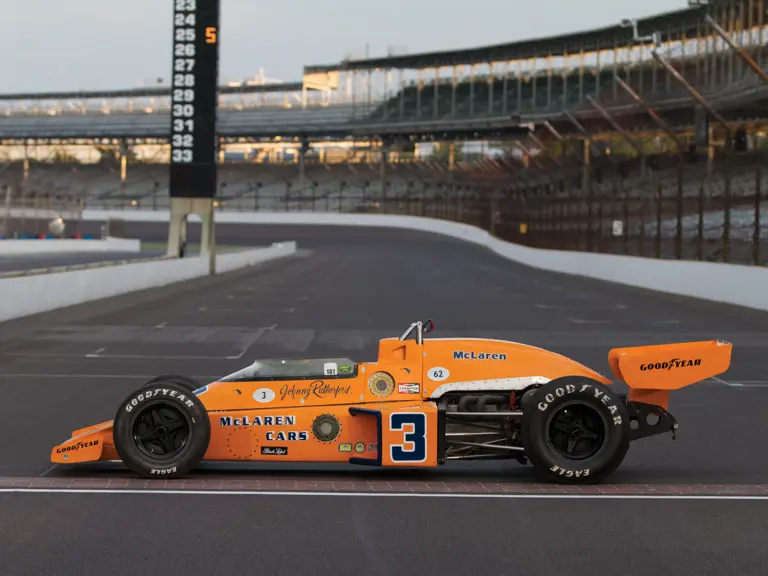
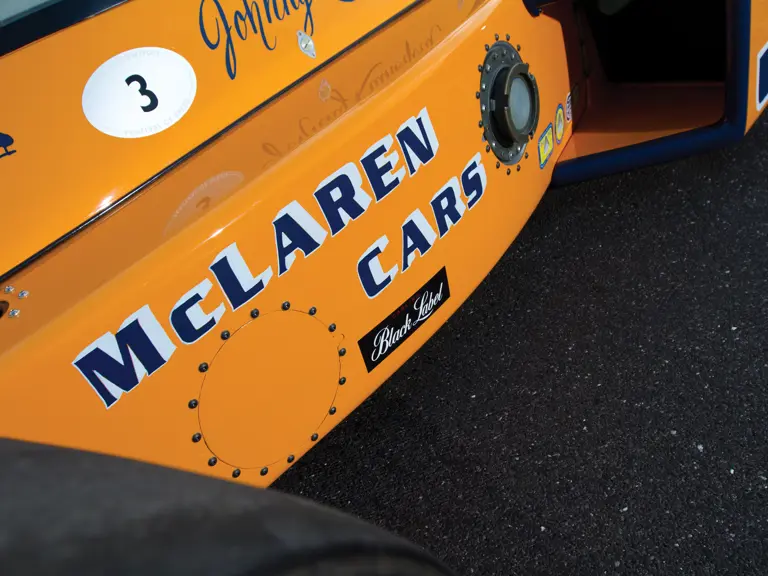

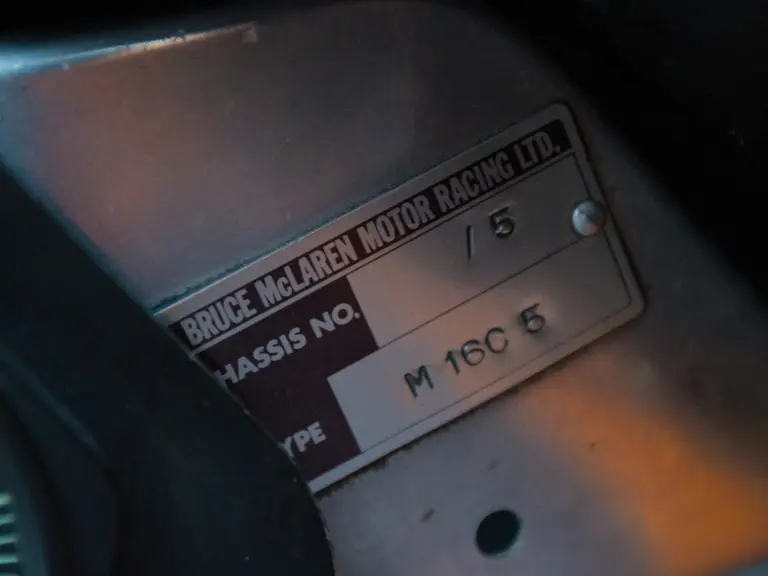
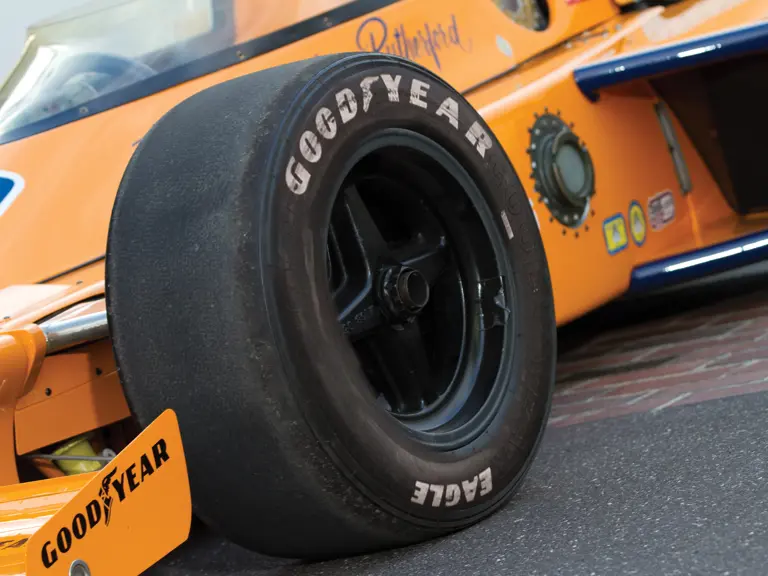
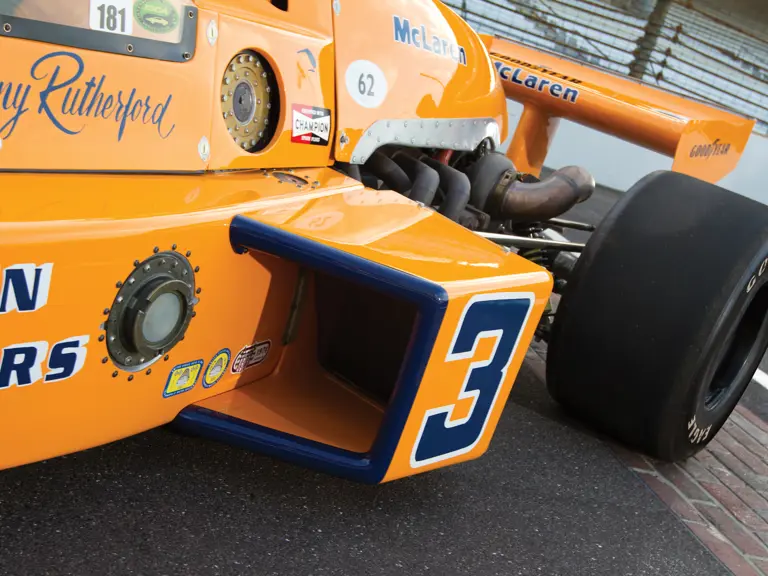
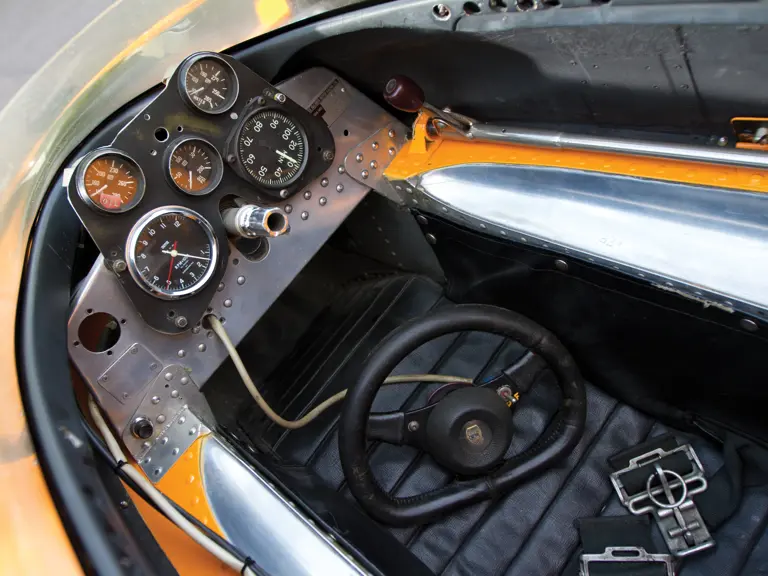
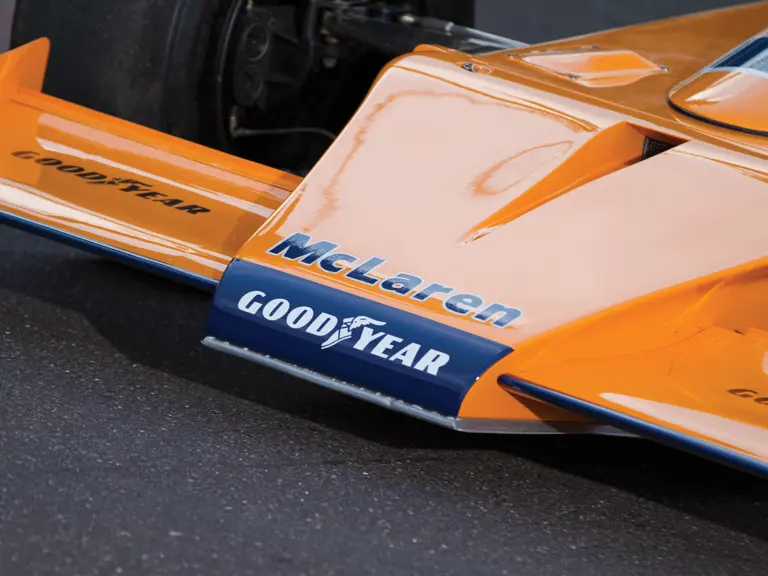


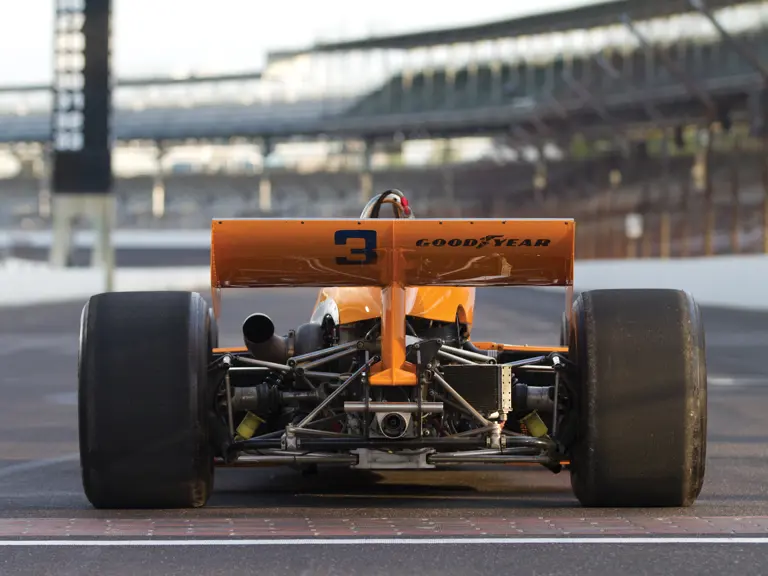

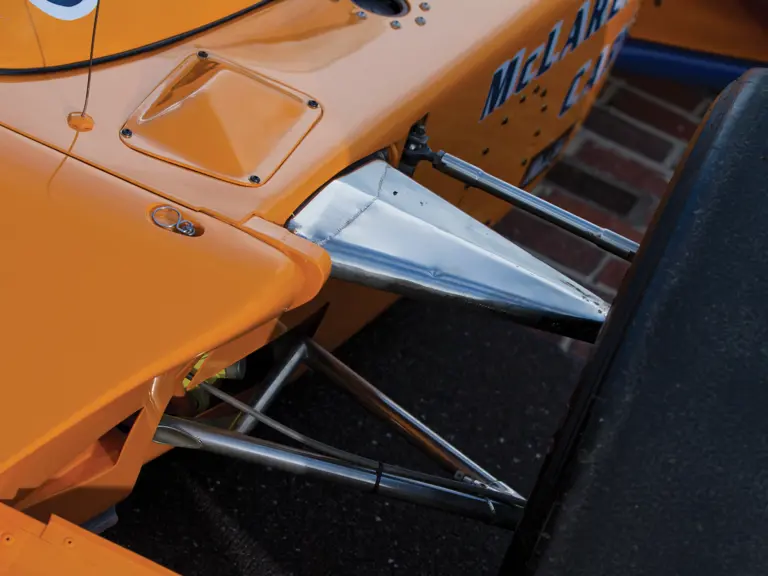
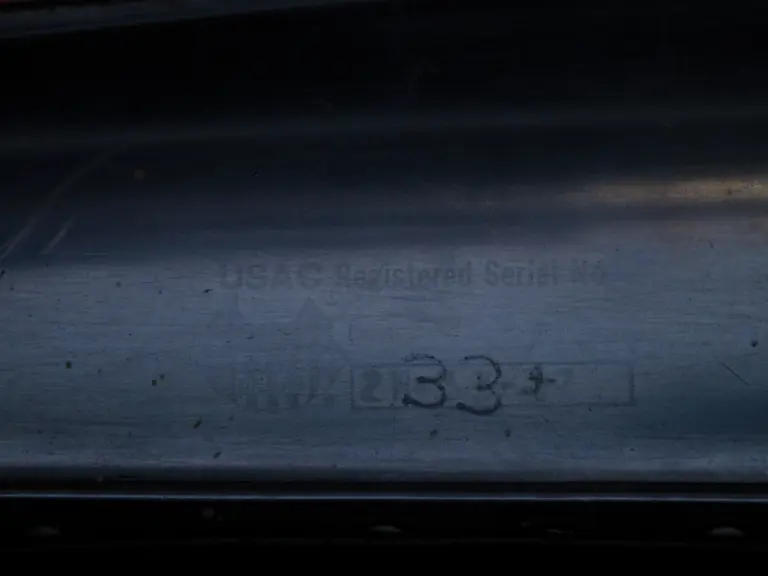
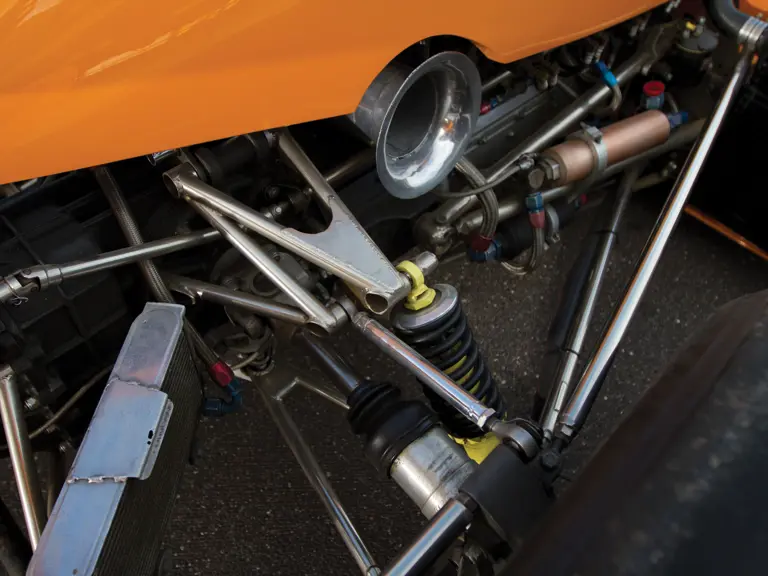
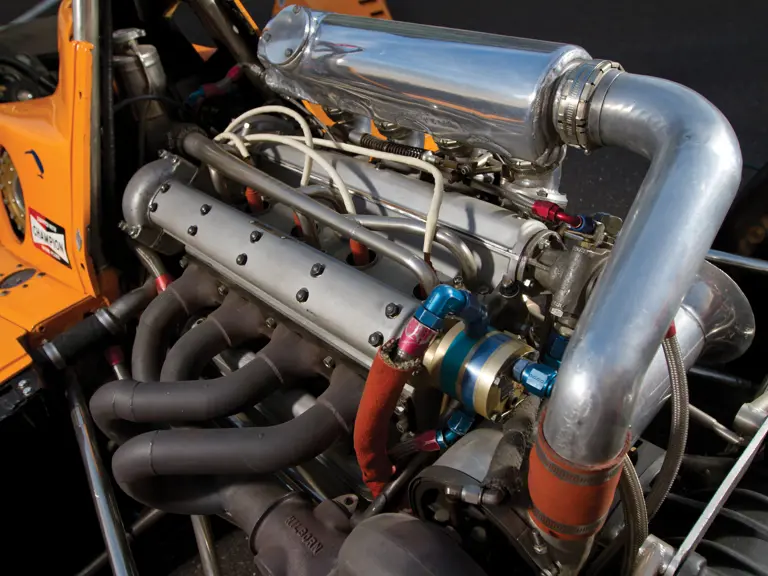

 | Monterey, California
| Monterey, California
